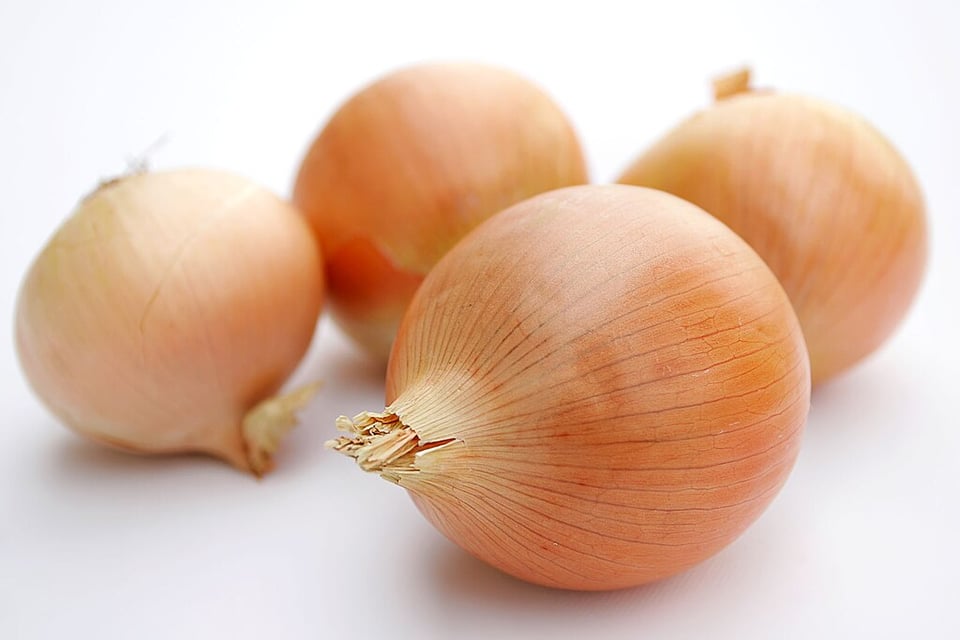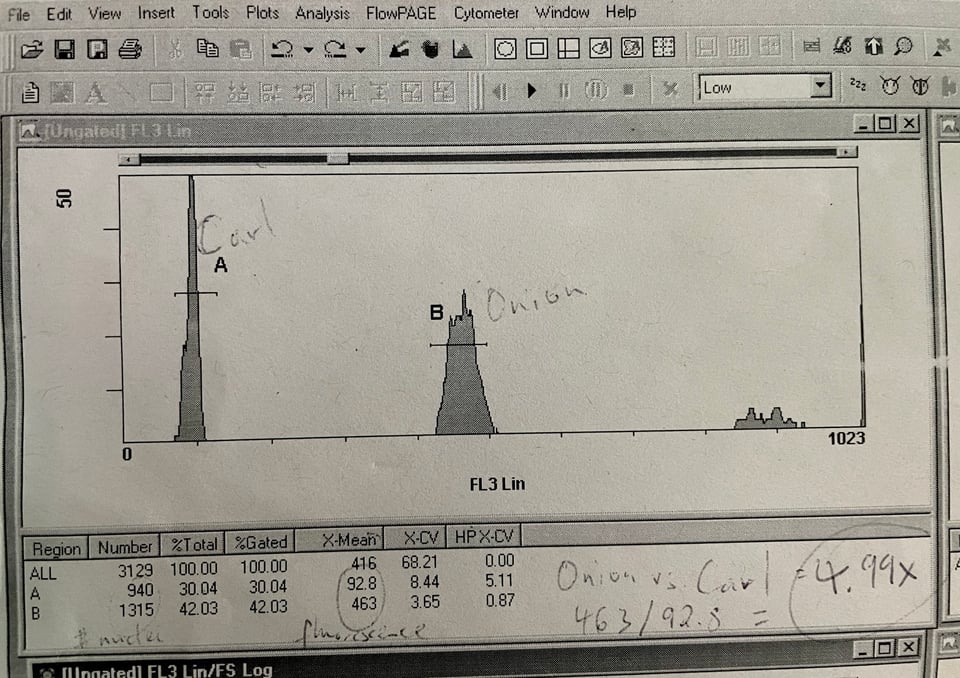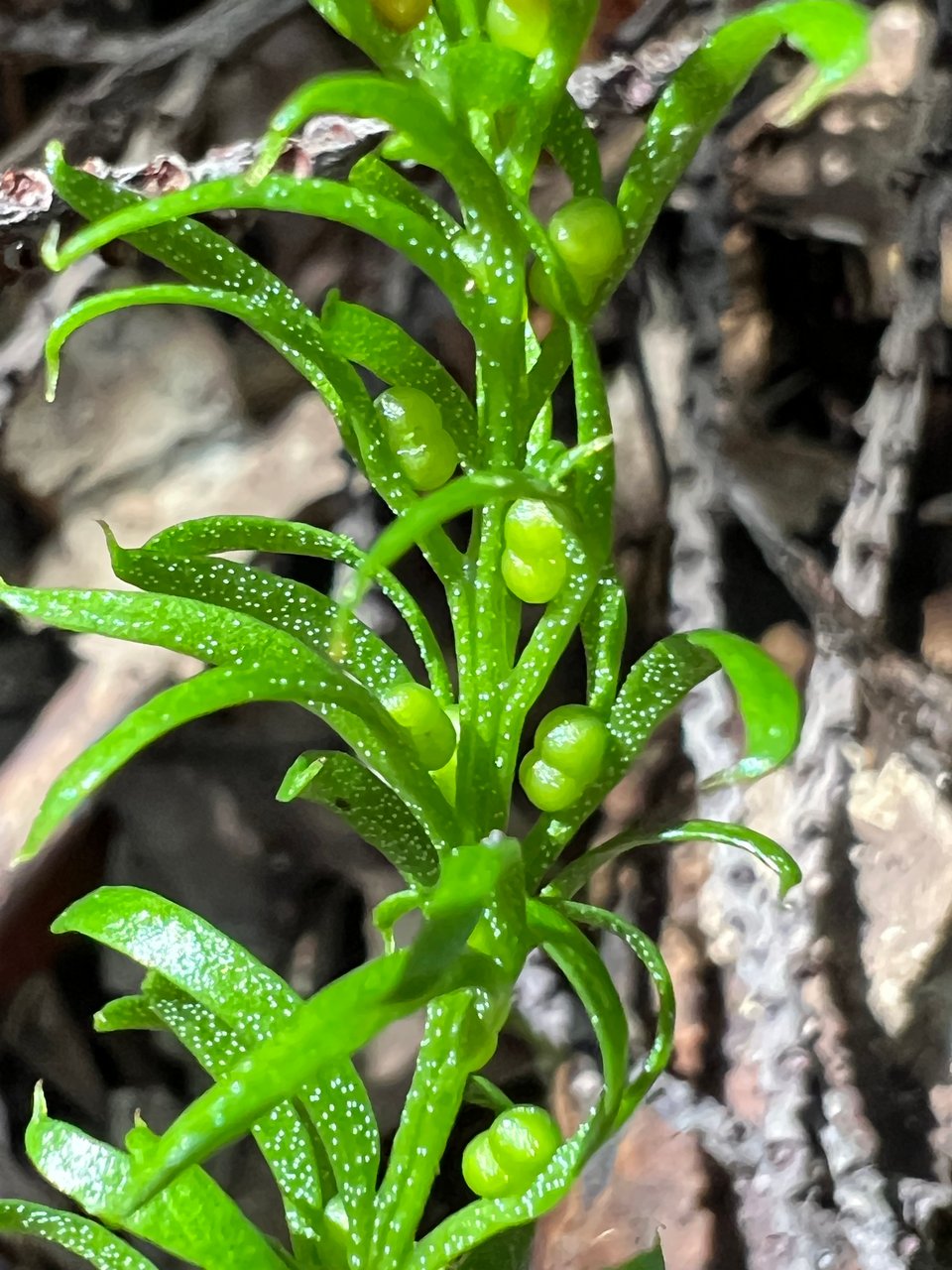
Life Keeps Throwing More Junk at Us
It’s been nearly ten years, but I can still see the blood flowing out of my finger.

I was in a lab in Canada, chopping the green stem of an onion with a razor blade. I accidentally brought the ring finger of my free hand too close and I slit open my skin. The scientists looking over my shoulder with didn’t flinch. One of them, Nick Jeffery, just raised a vial to my finger and had me skim off a few drops. They needed my blood anyway, for an experiment they were about to carry out.
Jeffery then poured my green onion slurry into the vial as well, creating a human-vegetable mix that looked like maple syrup. He put the liquid in a box, inside of which my blood and the onion juice were pumped through a tube. When the cells sprayed out of the tube’s end, they flew through a laser beam. When the laser hit the DNA inside the cells, they glowed blue. The more DNA a cell carried, the more brightly it glowed.
Jeffery’s graduate advisor, the evolutionary biologist Ryan Gregory, turned to his computer to look at the results. Two spikes dominated the screen. Gregory printed out the graph, which I took home as a memento. Call it Self-Portrait with Onion.

One spike represented the light from cells with relatively small genomes. Those were mine: as a human being, I have about three billion base pairs of DNA in my chromosomes.
And off to the right was a second spike: the light produced by cells that contained about five times more DNA. Those belonged to the onion.
“The onion wins.” Gregory said. The onion always does.
Gregory called this experiment the Onion Test. He used it as an argument against the idea that our genomes are nothing put precisely coded instructions for making molecules. If that were true, then why does an onion need a genome five times bigger than ours? Are onions five times more complex than we are?

Onions have big genomes, but they’re not the biggest in nature. Over the years, researchers have found a series of species that set new records. Among animals, lungfish and salamanders rank at the top. Plants have proven to carry even more DNA. Last week, I reported the newest record-holder: a nondescript fern that only grows on a few Pacific islands. It has 50 times more DNA in its genome than we do.
What’s in that fern’s capacious genome? There are protein-coding genes. There are genes for RNA molecules. There are stretches of DNA, such as promoters and enhancers, that act like on-off switches for neighboring genes. But there’s also a lot of pieces of DNA that don’t do much of anything for the fern. Many scientists refer to this stuff as junk DNA. It includes broken copies of genes and parasitic elements that merely make copies of themselves. In our own genome, about 90 percent is estimated to be this junk.
Over evolutionary time, junk DNA can meet one of several fates. It may get passed down from one generation to the next because it doesn’t cause much harm. A mutation may accidentally chop it out. Or it may serve as the raw material for new innovations. Sometimes our genomes borrow parasitic elements, turning them into new on-off switches.
If you’re curious to learn more about junk DNA, I recommend the book What’s In Your Genome? by the University of Toronto biologist Lawrence Moran. It will make you look at your own DNA in a different light: as the product of billions of years of counterintuitive evolution, as an ecosystem full of millions of genetic creatures competing and cooperating for space in our chromosomes. And, best of all, no blood donations required!
You just read issue #174 of Friday's Elk. You can also browse the full archives of this newsletter.